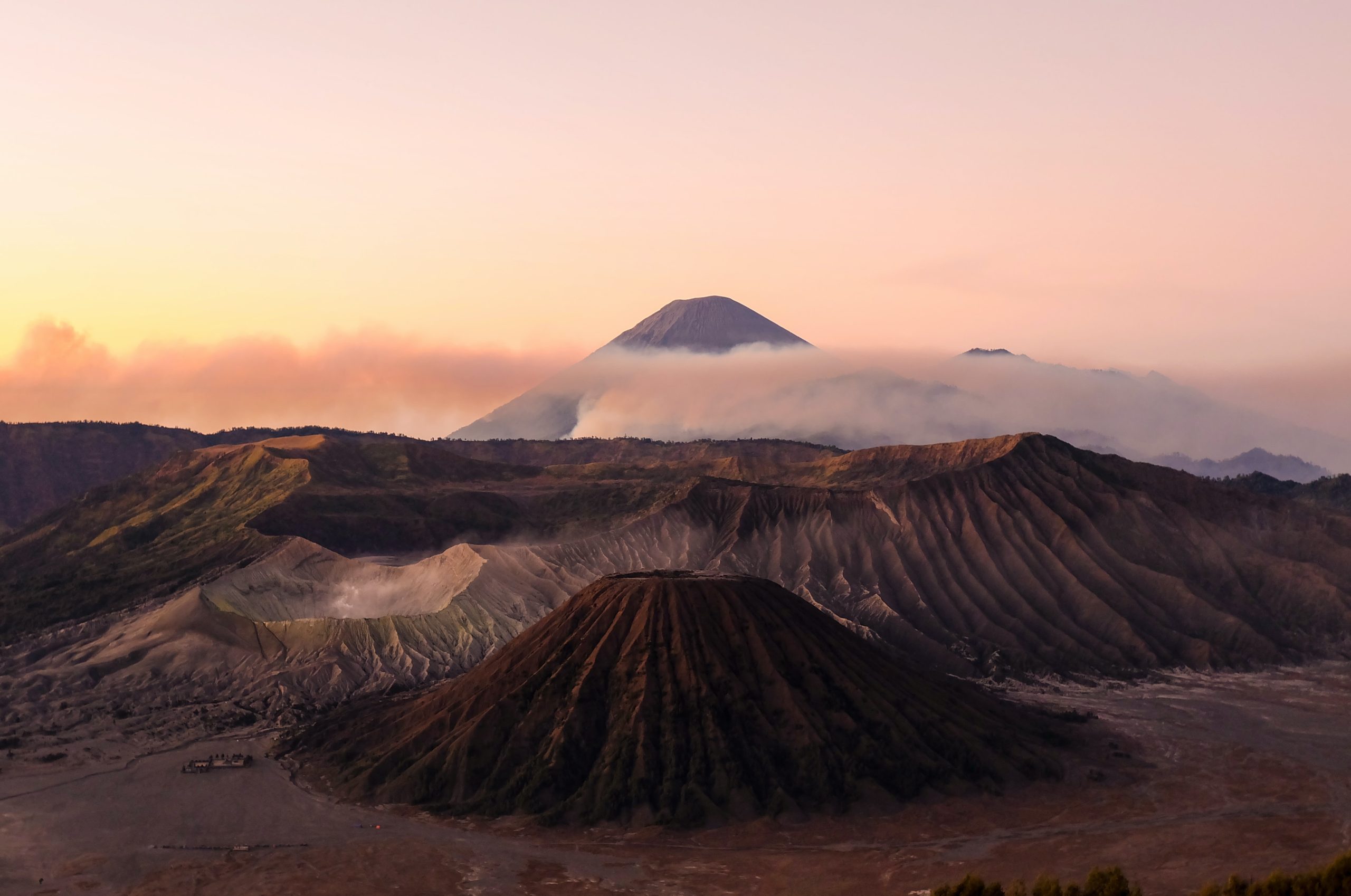Scientists on an Indonesian island have exhumed the body of a 7,000-year-old girl that appears to be a different type of human. The ancient young female’s remains were in a cave on the Indonesian island of Sulawesi.
The team of international scientists mapped DNA taken from bone samples from the ancient skeleton. The DNA suggests there were genetic traces of early Siberians and Indonesians mixing this early in human history.
The genetic material collected indicates the first connection between a species known as the Denisovans and other human groups. The Denisovans are a group of ancient humans named after their place of discovery, a cave in Siberia.
Denisovans were a group of ancient humans who lived tens of thousands of years ago in Asia, likely in regions that are now part of modern-day Siberia. They are known only from a few fossils and genetic data, and much about their appearance, behavior, and culture remains unknown. However, scientists believe that they were closely related to both Neanderthals and modern humans, and interbred with both groups. Evidence of Denisovan DNA has been found in the genomes of some modern-day humans, particularly in people from Southeast Asia, Australia, and the Pacific Islands. The study of Denisovans and their interactions with other ancient humans is an exciting area of research, offering insight into the complexity of our evolutionary history.







